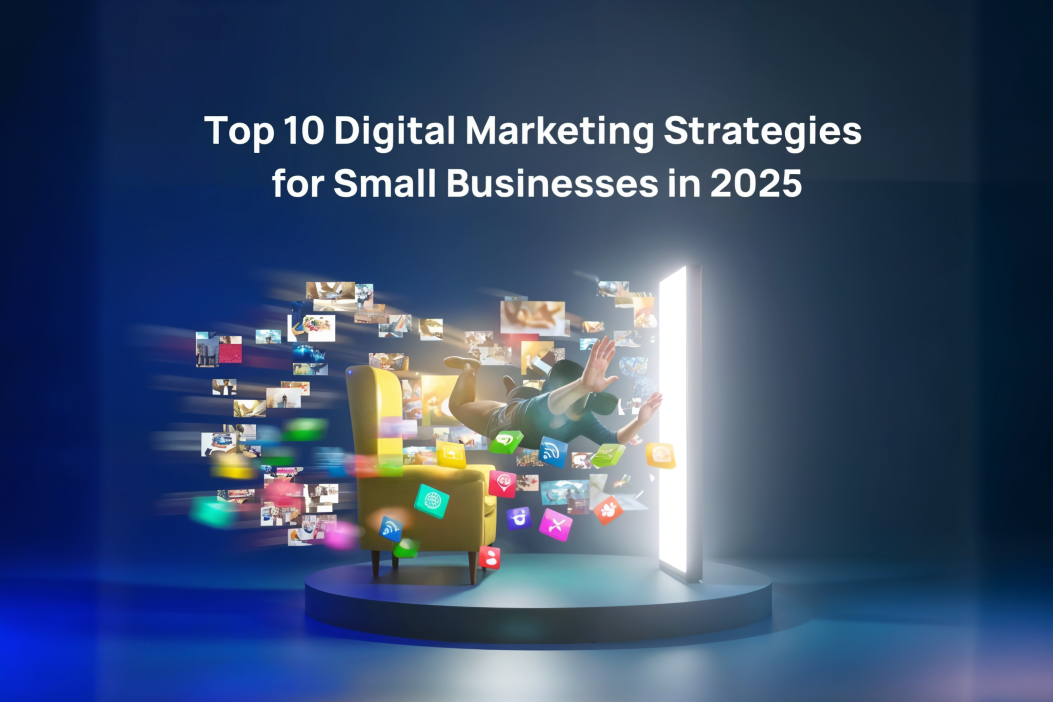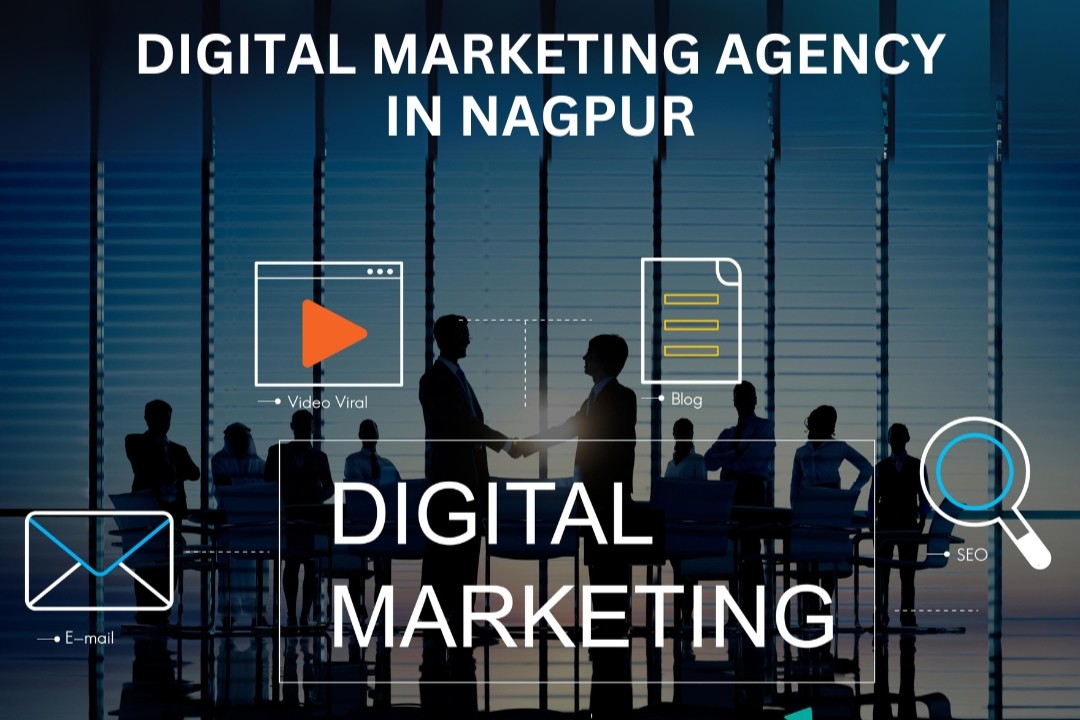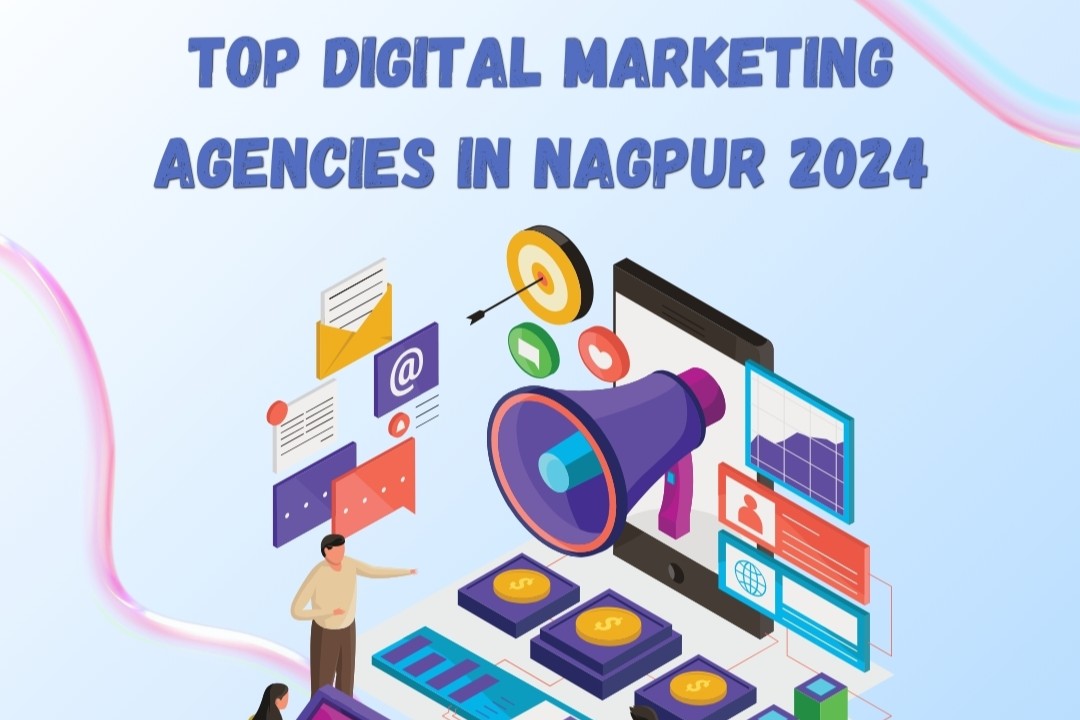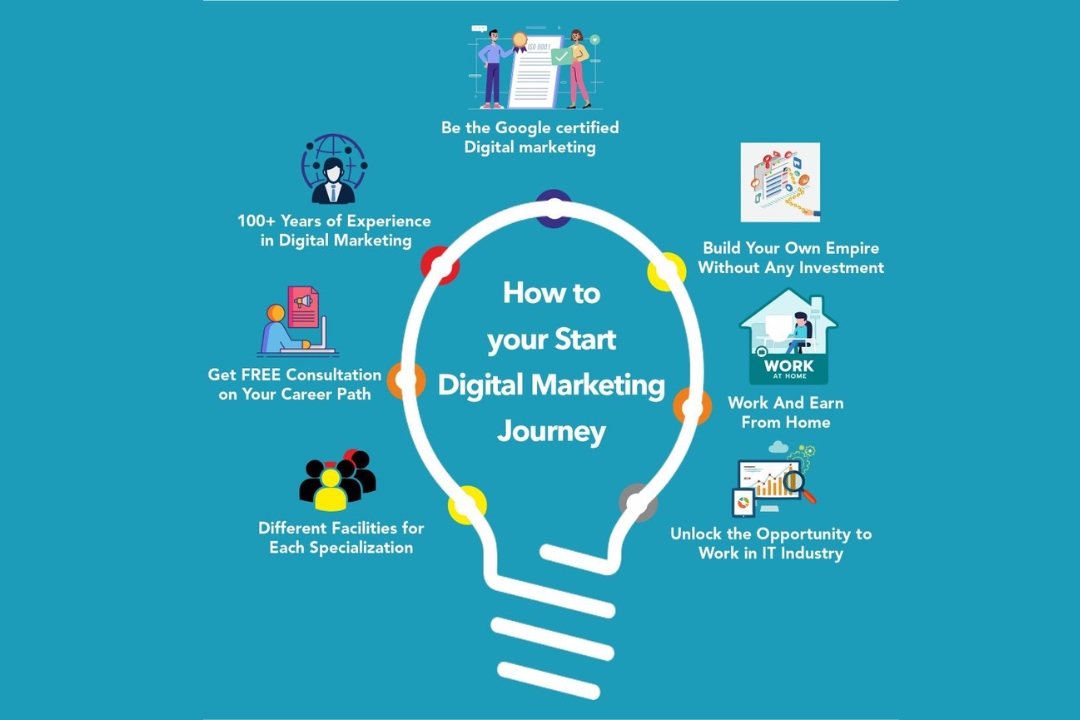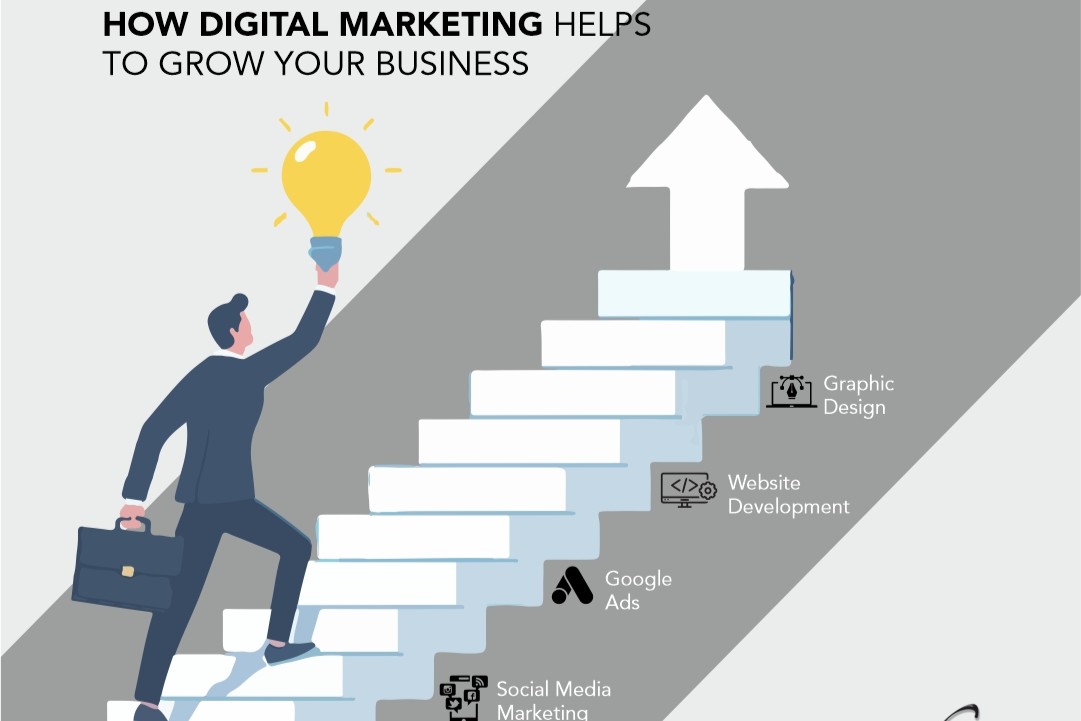Operating an e-commerce store in 2025 is exciting but tough. The competition is stiff, consumers are intelligent, and trends change at lightning speed. Therefore, if you desire to build your virtual shop, a good product alone is no longer sufficient.
You require a straightforward, step-by-step strategy - based on five pillars of strength: Strategy, Technology, Customer Experience, Acquisition & Retention, and Data Analytics.
Let’s turn each pillar into clear, practical steps you can take today to drive real growth for your e-commerce brand.
1. Strategy - Lay the Right Foundation for Your Business

- Prior to spending cash on advertisements or going to market, it's important to understand who you're selling to and how your product is going to make their life better. Without a strategy, you could end up wasting time and money.
- Know your ideal customer. Discover their pain points, routines, and what they are drawn to. Google Trends and AnswerThePublic are tools that can be used to identify opportunities on the rise.
- Identify your unique selling point (USP). What sets your brand or product apart? Your USP must be the center of all your marketing.
- Establish clear goals. Determine how much sales, how many customers, and when. Having concrete targets keeps you focused and driven.
Top brands often partner with an Ecommerce Marketing Agency in Nagpur to help build a solid go-to-market strategy that aligns with business goals.
2. Technology - Create a Strong Engine for Your Business

- Technology is the foundation of any effective online store in the current time. The appropriate tools enable you to save time, minimize mistakes, and make your experience seamless for your customers.
- Choose the appropriate platform. Shopify is simple and scalable, WooCommerce provides additional flexibility. Select what feels most comfortable for you. Ensure your store is mobile-optimized because most consumers use their smartphones.
- Offer payment options that suit everyone. Include UPI, credit/debit cards, Cash on Delivery, and Buy Now Pay Later options to increase conversions.
- Automate routine tasks. Use tools like Zapier to automate things like inventory updates, abandoned cart emails, or order confirmations. This frees up your time to focus on growing your business.
- Install intelligent apps. Integrate review widgets such as Loox, loyalty rewards such as Smile.io, and analytics software such as Triple Whale to gain a competitive advantage.
3. Customer Experience - Convert Buyers Into Happy, Repeat Customers
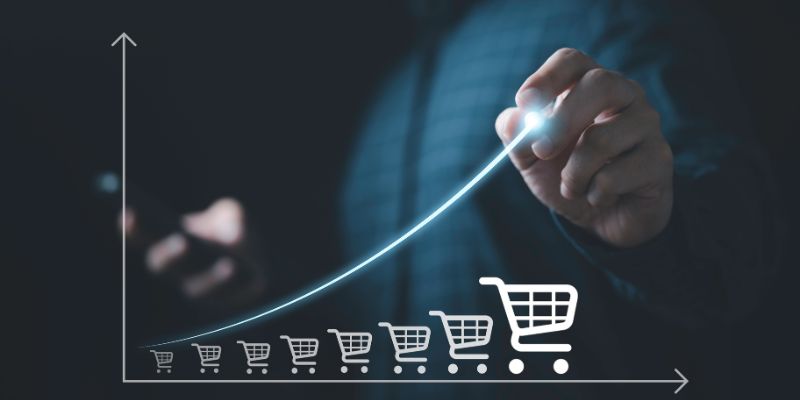
- Happy customers don't buy once and forget; they return and bring along their friends. That's why the experience you provide them with is as important as your product.
- Make your site simple to navigate. Add filters, search bars, and real product reviews so customers can find what they are looking for fast.
- Get orders shipped out fast and securely. Work with reliable courier companies and keep customers informed with tracking information. A smooth delivery process is key.
- Be everywhere. Make customers find you through email, WhatsApp, live chat, or social media. Platforms such as Tidio and Gorgias enable you to control all communication under one roof.
- Add the human touch. Send thank-you emails, birthday discounts, or tailored product suggestions. Automation platforms such as Klaviyo or ReConvert can assist with that.
4. Acquisition & Retention - Acquire Customers and Make Them Return
- Growth is about bringing in new customers and ensuring your current ones remain loyal. This is achieved by a wise combination of paid and organic advertising.
- Set up a paid advertising funnel. Use awareness ads on Facebook and Google to bring in new visitors. Then retarget those who visited your website without making purchases with exclusive promotions.
- Also, focus on organic traffic. Spend time doing SEO by publishing blog posts and keyword-optimized product pages with the kinds of terms that your customers are searching for. Resources like Ahrefs or SurferSEO can help here.
- Also, utilize influencers and user-generated content. Work with micro-influencers or get your customers to share their stories. This creates trust and social proof.
- Launch loyalty and referral programs. Reward loyal customers and friends they bring along. This boosts customer lifetime value and reduces your ad expenses. Utilize tools such as Smile.io or ReferralCandy.
5. Data Analytics - Make Smarter Decisions and Scale Confidently
- Guessing won't let you scale profitably. Data allows you to know what works and what doesn't - so you can invest smartly.
- Keep track of important numbers. Monitor customer acquisition cost (CAC), average order value (AOV), lifetime value (LTV), and conversion rates regularly. Dashboards like BeProfit or Triple Whale make this easy.
- Use heatmaps and session recordings. See how visitors interact with your site using tools like Hotjar. You’ll spot where people get stuck or drop off.
- Test everything. Experiment with various headlines, button colors, or images to determine what converts higher. Google Optimize or VWO are tools that enable you to run these tests without the inconvenience.
- Plan ahead. Use numbers to predict inventory requirements, marketing budgets, and sales targets. This keeps you ready and prevents shocks.
What Smart E-Commerce Brands Are Doing Right
Today most successful e-commerce companies aren't simply prioritizing flashy commercials or promotions - they're playing a long-term game. They invest in learning their customers well, making them their own one-of-a-kind shopping experiences, and establishing trust that brings them back again and again. They're also optimization-obsessed - not only their site, but their entire funnel. From the speed of their website loads, to the ease of checkout, to the speed of their post-purchase emails - every element is tweaked with the customer top of mind. They're applying tools correctly. Not going after every shiny app, but picking tools that eliminate their manual labor, enable them to scale more intelligently, and provide better insights - not merely more data.







